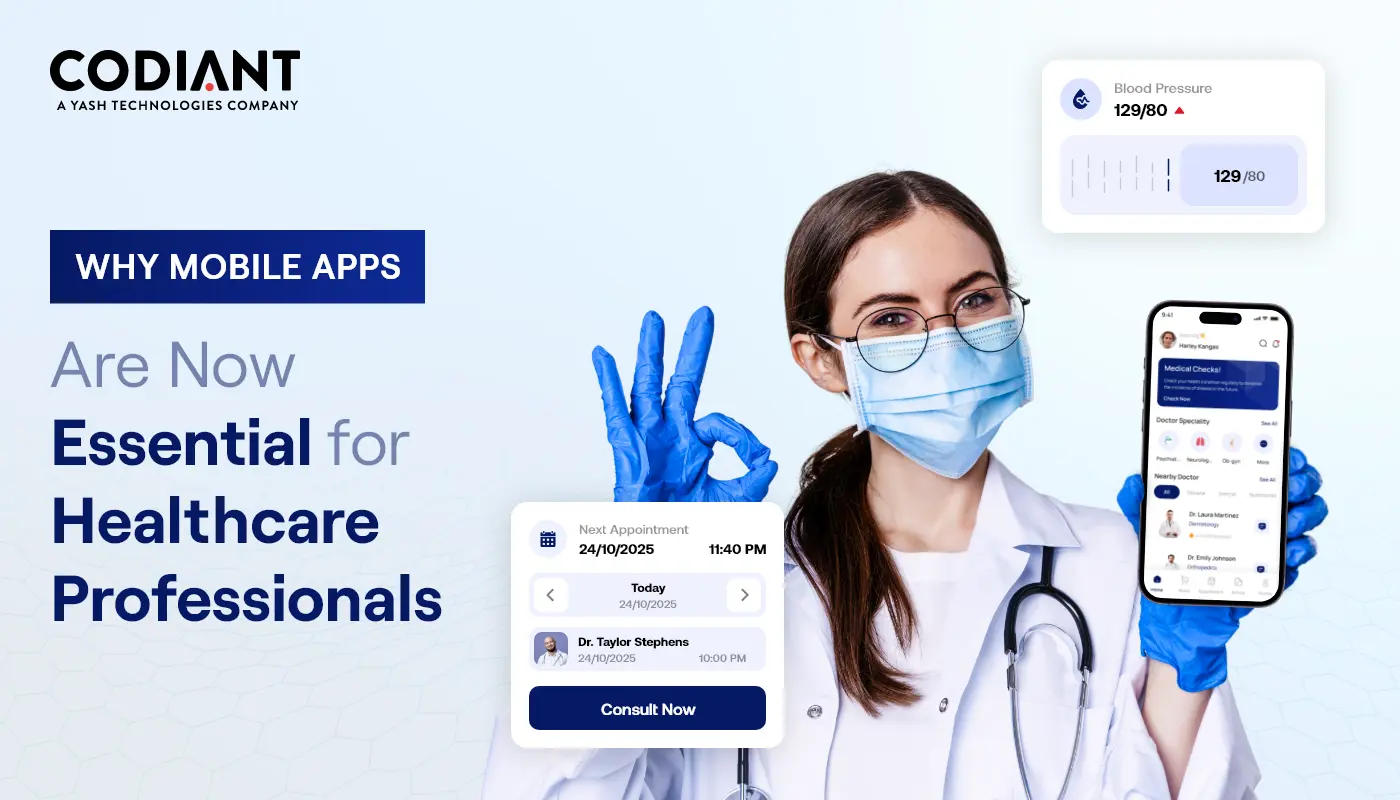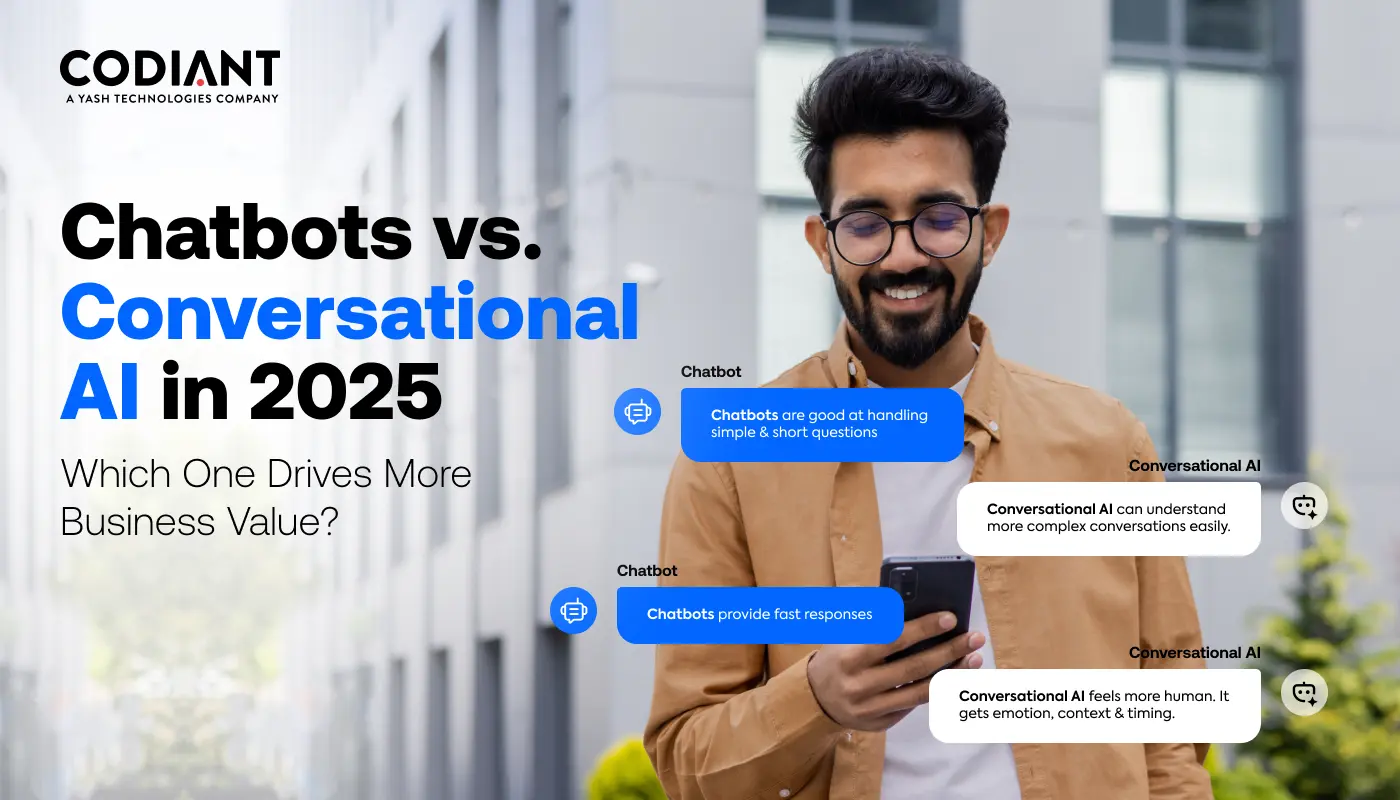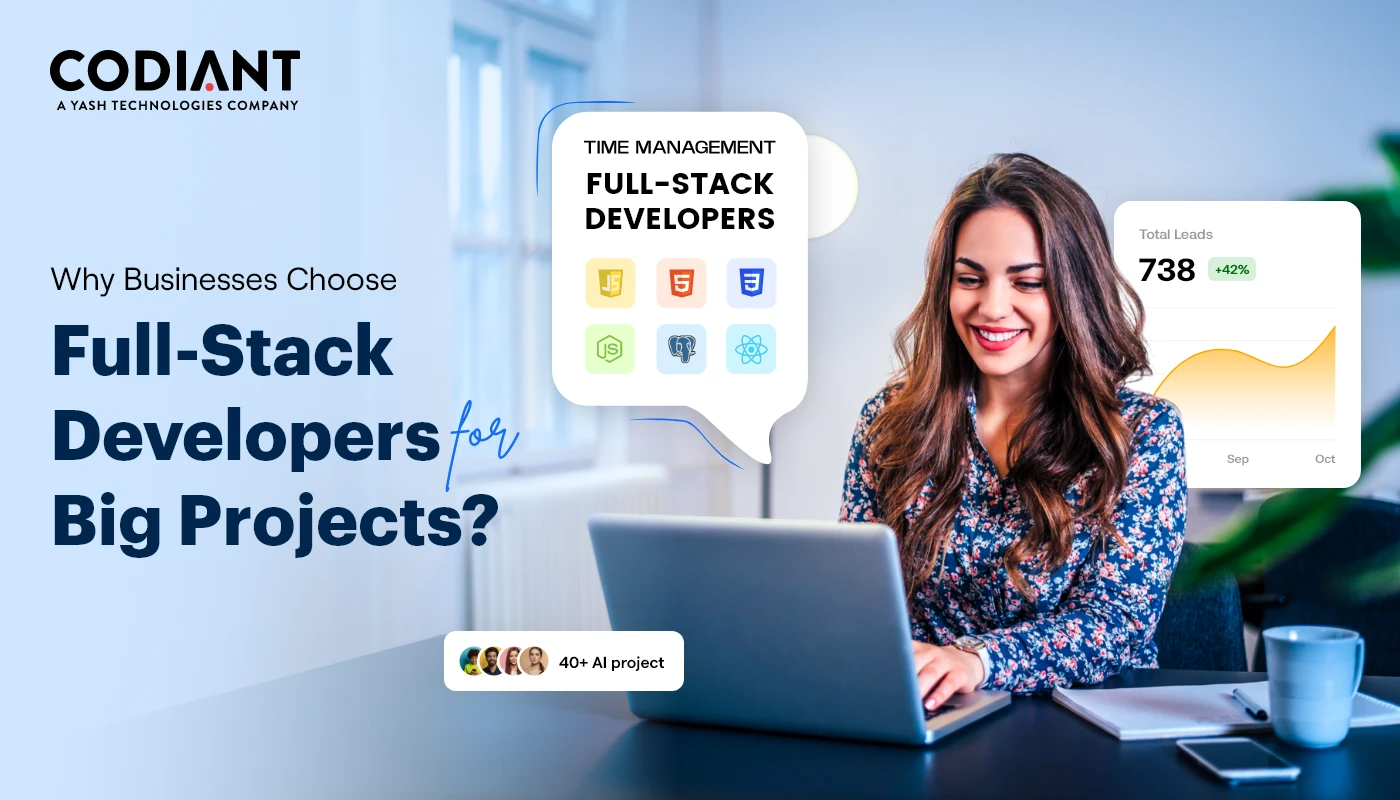Popular Food Delivery Apps in the USA
Table of Contents
Subscribe To Our Newsletter

Americans are hungry for delivery. Yes, including us! Raising a toast to all the online food delivery apps out there making a statement amid their food delivery wars between the top giants.
With the food delivery sector grown 300% faster than dine-in traffic since 2014 and an epic surge in food delivery demand post-pandemic while having worldwide revenues expected to reach almost 97 billion U.S. dollars by 2024, we’re clearly not the only one turning to delivery apps even before the COVID crisis.
Also, after the pandemic, there has been a big change in food delivery services with the rise of multi-vendor applications. These apps have expanded beyond just delivering food and now offer delivery services for other essential items, helping their customers grow.
We have subscribed to convenience long back the pandemic hit. Though the spike in food delivery seen now is the result of restaurants and consumers self-isolating, a survey reveals there are only 14% of Americans who had yet not ordered food online. That dramatic change in personal behavior occurred long before which compounded as a startup source for many technology-led startups funded by VCs.
Although the services of these food delivery giants in the USA are virtually the same, the innovation however lies in their pricing strategy and marketing tactics. Hence this post “Top Online Food Delivery Apps in The USA”- with the business model and pricing strategy outlined.
Top 10 Online Food Delivery Apps in the USA
- Doordash
- Uber Eats
- Postmates
- Grubhub
- Munchery
- GoPuff
- Caviar
- Delivery.com
- Chownow
- Seamless

Doordash

Doordash is a food delivery and takeout app for customers and a white-label fulfillment platform for restaurants giving affordable delivery options to both. DoorDash hires its own drivers who are called Dashers. Available in over 4,000 cities, hosting over 300,000 local and national favorites in the U.S., Canada, and Australia, DoorDash is now bigger and bolder- in financial health, stronger communities, wider network, and happier people.
Business Model: Doordash works with a 4-step model- where users choose the order, make payments, track orders, and get delivery.
Pricing Strategy for Restaurants: For the Restaurants Partnership Plan, DoorDash offers four different delivery commission price points DoorDash Basic (15%), DoorDash Plus (25%) and DoorDash Premier (30%), and Pickup Pricing (6%)- all these plans are designed to help restaurants grow orders with in-app marketing plans.
Uber Eats

Uber Eats is an online and mobile food ordering and delivery platform that delivers local flavors, cuisines, and food from restaurants, patisseries, and bakeries right to your door.
With more than 320,000 restaurant partners in more than 500 cities globally, Uber Eats is best known for its fast delivery with an average delivery window of 30 minutes.
The app has an easy-to-navigate menu that sorts restaurant choices based on users’ previous orders, most popular, price range, delivery time and fee, highest ratings, and dish names. Mega and mini menus with special offers, deals, and discounts, along with categories like “Popular near You” and National Brands also take the front seat on the app’s home screen.
Business Model: Alike DoorDash, UberEats also works with a 4 step model-
- Browse hundreds of local restaurants
- Order from the restaurant’s menu
- Track the order in real-time in the app
- Rate your experience at the end of every delivery trip
Pricing Strategy For Restaurants: For Restaurants Partnership Plan, UberEats charges two fees- Activation fee and Marketplace fee. Activation Fee is a one-time fee of $350 where they install food ordering software in restaurant to streamline online deliveries.
Whereas, second is a Marketplace fee where the fee is applied as part of every order fulfilled by the restaurant to the customer.
Postmates

Postmates a food delivery app that has so many things on its plate other than just delivering food is in demand for good reasons. Postmates pick-ups and delivers just anything- from food, drinks, groceries, and more across all your city.
Postmates registers more than 600,000 restaurants, retailers and grocers and enables delivery through an easy-to-use app platform that allows users to discover, order, and track food and get things delivered in a minimum window of 60 minutes. The app partners with local merchants, grocers other than restaurants to deliver almost anything and everything.
Business Model
- Browse stores and products
- Make online payment
- Track, receive orders, and tips
Pricing Strategy For Restaurants and Merchants: Postmates and UberEats has partnered to serve a larger and efficient merchant and delivery network. They have different contracts with different merchant partners and they charge a commission between 15 and 30%.
Grubhub

Grubhub which is now acquired by Just Eat Takeaway.com on 15 June 2021, is a local food delivery and restaurant takeout app helping users to find and get fast food delivery from their favorite restaurants. Grubhub is the most popular online food delivery marketplace app in the USA that hosts and features over 300,000 restaurants and is present in over 4,000 U.S cities.
With 33 million active diners and 745,000 daily orders, the app has positioned 4th rank in the most installed food delivery apps in the USA. It provides 24X7 services and fosters powerful AI and ML features that memorize users’ previous orders, preferences, and payment information and enable repeat orders.
Business Model: Here’s explaining in 4 simple steps how does GrubHub work:
- Sign-up and create an account
- Browse and explore nearby restaurants and place order
- Once the order is placed, the customer gets an ETA
- The food package will be out for delivery
Pricing Strategy For Restaurants: GrubHub merged with Seamless app (another popular food delivery company) in 2013 has a systematic and efficient payment model for restaurants. The amount of commission being charged ranges from 5% to 15%.
Munchery
Munchery is a popular food delivery service known for its variety of fresh meals and meal kits. With the Munchery app, users can easily order or pre-order meals. Unlike other services, Munchery doesn’t take a commission. But to use its services, users need to subscribe to a monthly plan that costs $9.
A special thing about Munchery is that it has its own delivery service, so users can’t pick meals from different restaurants. To make up for this, Munchery offers a new and different menu every day, giving users lots of options to choose from.
Business Model:
- Chef-Crafted Meal Orders
- Part-Time Chefs, Global Kitchens
- Dynamic Daily Menu Options
- Monthly Subscription for Access
Pricing Strategy:
- Subscription Fee: $9/month for access to Munchery’s services.
- No Commission: Transparent pricing with no additional fees or commissions on meal orders.
- Own Delivery Service: Munchery manages its delivery, influencing final meal costs based on location and factors.
GoPuff
GoPuff available in 650+ US cities and the UK, delivers a variety of products, including food, snacks, liquor, and more. Operating during late-night hours, it prioritizes convenience. With a $2 delivery fee and a 30-day free trial, it offers a $5.95/month Fam membership for free delivery and exclusive benefits.
Business Model:
- Inventory-based model: Purchases products directly from manufacturers and stores them.
- Micro-fulfilment centres: Go Puff has hundreds of centres for quick order fulfilment.
- Transparent pricing: Makes money through product mark-up, delivery fees, and subscriptions.
- Loyal Local membership: Offers benefits like free deliveries or discounts on orders.
Pricing Strategy:
- Flat Delivery Fee: GoPuff charges a flat delivery fee of $1.95.
- Alcohol Delivery Fee: An additional $2.95 is charged for alcohol delivery.
- Membership Program: Offers a membership program called “Fam” for additional benefits.
Caviar

Caviar is a premium local food delivery and takeout app (now being owned by Doordash) that has an extra use-case of pick-up and delivery other than delivering food. Caviar has an interesting set of features that attracts user groups of all ages- right from millennials to baby boomers. Some of the attention-grabbing features making into the list are:
- In-house dietitians curating healthy meals for vegans, vegetarians, and more.
- A $0 delivery fees model with dash-pass eligible spots.
- Easy and breezy user interface that helps users to search results by a variety of filters.
- Customer can schedule orders in advance.
Caviar currently operates in Atlanta, Boston, Brooklyn, Chicago, Dallas, Los Angeles, Manhattan, Miami, Minneapolis, Philadelphia, Portland, Sacramento, San Francisco, Seattle, SF East Bay, SF South Bay, and Washington DC.
Business Model:
- Customers can order food via the web or apps (Android, iOS)
- An only app allowing users to get delivery from top rates restaurants from Yelp
- After payment is processed, the user can track the order status
- Get the order delivered right to the doorstep
Delivery.com
Delivery.com is a comprehensive platform offering food, grocery, and liquor delivery, along with dry cleaning services. It stands out by not charging fees for food orders, rewarding loyalty points, and providing a user-friendly interface with efficient categorization and personalized recommendations.
Business Model:
- Delivery.com is like a bridge that links customers with nearby services like restaurants, alcohol shops, grocery stores, and laundry services.
- They earn money by taking a share of the profits from their partners and also by charging customers for delivery.
- They focus on making things easy for customers with a simple-to-use platform and a wide range of services.
- They’ve grown to deliver not just food, but also groceries, alcohol, and laundry to make things even more convenient for users.
Pricing Strategy:
- Variable Delivery Fees: Based on distance, order size, and demand.
- Loyalty Programs: Offers rewards and discounts for frequent users.
- Surge Pricing: Adjusts prices during peak hours or high-demand periods.
- Promotional Discounts: Provides percentage-based discounts and special offers to users.
Chownow
Chownow is a food delivery app that enables restaurants to accept orders through their websites. It offers a transparent fee structure and a membership program called Loyal Local, which provides discounts to members. It simplifies the process for restaurants and customers, offering benefits through its membership program.
Business Model
- Commission-Free Platform: Enables restaurants to accept online orders without commission fees.
- Customized Ordering Systems: Provides restaurants with branded online ordering websites and apps.
- Direct Customer Relationships: Allows restaurants to build direct connections and loyalty.
- Revenue Generation: Increases restaurant revenue through online and mobile ordering solutions.
Pricing Strategy
- Flat Monthly Fee: Restaurants pay a fixed monthly subscription for the service.
- No Commission: ChowNow does not take a commission on orders.
- Customization Costs: Additional fees may apply for app and website customization.
- Payment Processing Fees: Restaurants cover standard payment processing fees for transactions.
Seamless
In the USA, lots of people really like using Seamless, the second-best food delivery app on Google Play.
People love Seamless because it lets them choose where they want their food delivered. For example, if you’re going to work, you can ask for your food to be delivered there instead of at your home. Seamless also has other additional features, like automatic coupons and being able to see where your order is in real time.
Business Model:
- Order and Delivery Model: Seamless handles both the ordering and delivery process.
- Partnership with Restaurants: Seamless has partnered with over 12,000 restaurants.
- User-Friendly Interface: Seamless offers an easy-to-use platform for users to order food.
- Merged with Grubhub: Seamless merged with Grubhub in 2013, expanding its reach.
Pricing Strategy:
- Dynamic Delivery Fees: Varying charges based on distance, order value, and subscription options for users.
- Surge Pricing: Adjusted rates during peak hours to manage demand and incentivize delivery availability.
- Promotions and Discounts: Attracts and retains users with various offers, ensuring competitive pricing and value.
Some Trending Food Delivery App Development Solutions
- Hyperlocal Focus: These apps focus on local restaurants for fast delivery and to help small businesses.
- AI Personalization: Utilizing AI to suggest food you might like and make deliveries faster.
- Voice Ordering: With the popularity of apps such as UberEats and Domino’s, hands-free food ordering is becoming more convenient.
- AR/VR: Some apps use AR to show you what dishes look like, and VR for virtual tours of restaurants.
- Eco-friendly: These apps show how much carbon each dish produces and let you choose eco-friendly restaurants.
Pricing Strategy For Restaurants:
Doordash’s new partnership plans works on 3 tier model: Basic, Plus, and Premier. These plans have different interest rates for delivery commission, pickup commission, and services.
Doordash’s “Premier” plan charges a 30% commission on delivery and 6% for pickup commission. While the “Basic” and “Plus” plan has a 15% and 6% commission rate.
Pricing Strategy For Customers of Top On-demand Food Delivery Apps
The pricing breakdown of the on-demand food delivery app for customers can be better understood by a pricing matrix that all these 5 food delivery giants in the U.S.- DoorDash, Uber Eats, Postmates, Grubhub and Caviar stick at.
Price Breakdown: How the Pricing Works?
| Menu Item | List of all the food items ordered by the customer |
| Service Fee | A fee charged by the delivery app company for providing their services |
| Taxes | Sales tax as applicable under local laws |
| Delivery Fee | The price for having the food delivered |
| Gratuity* | An optional tip to be paid to the delivery driver |
The Process: Understanding the Total Cost Customers Have To Pay
Let’s understand how much premium fee customers have to pay over the actual price of the food item as listed by the restaurant to achieve convenience through delivery apps.
To help clarify the differences in pricing we have used two metrics to refer to the base price of the items by “Restaurant list price” and to refer the total cost charged by the delivery apps as “Total meal cost”.
Total Meal Cost (TMC) = the overall amount it costs to order a meal through a delivery app.
Restaurant List Price (RLP) = the overall cost when ordering directly from a restaurant Below is the graph describing how much extra customers have to pay over Restaurant List Price (RLP) while ordering through 5 different on-demand delivery apps?

Image credits: Techcrunch
Meaning, when ordering through Seamless, customers have to pay extra 17% over RLP, while a customer would pay a whopping 40.5% extra over RLP when ordered through Postmates.
What are the top online food delivery apps in the USA, and what sets them apart in terms of business models and pricing strategies?
DoorDash, Uber Eats, Postmates, Grubhub, and others dominate the US food delivery market. While their services are similar, distinctions lie in pricing and marketing tactics. DoorDash, for instance, employs a tiered commission structure for restaurants, while Uber Eats charges an activation fee. Grubhub, now part of Just Eat Takeaway.com, follows a systematic commission range. Munchery, unique for its subscription-based model, charges a flat monthly fee. Innovations like GoPuff’s loyalty membership and ChowNow’s commission-free platform contribute to the competitive landscape.
The Bottom line
After having studied the top food delivery giants in the U.S. with their pricing strategy and operational model, one thing is clear. Almost every food delivery app operates on the near-to-same business model. The only difference lies in their pricing strategy which nowhere defines the differentiation on the grounds of uniqueness.
Companies seeking to invest and foray into the delivery segment with an ambition of building a sustainable brand with high profitability should think of consumer-facing innovation from a different perspective. We couldn’t agree more, online food delivery app marketplace is still on a nascent stage and is ready for innovation. Eventually, the Food Delivery Market leader would be the one who just not have its use cases limited to food delivery coupled with offers and discounts but the one who sells superior services, superior product with clear prices.
Related post: Online Food Delivery App Development Guide : Cost and Key Features Included
How Codiant Can Help?
Codiant is a leading on-demand food delivery app development company helping enterprises and restaurants develop a feature-rich on-demand food delivery app powered with advanced technologies like AI, ML to understand and deploy buying behavior of consumers and their motivations to purchase in the app functionalities.
Frequently Asked Questions
Some trending food delivery app development solutions are:
- Cloud Kitchen – This is a trending food delivery app development start-up solution that allows customers to order food from direct kitchen without the need for a restaurant space.
- Food Delivery Aggregator – It is a food pickup and drop app solution for restaurants and food outlets to transform their declining dine-in concepts into delivery services.
- UberEats like App – This is one of the most trending food delivery app development solution that connects food suppliers (restaurants) with delivery partners to offer food delivery services.
Certainly! You can upgrade your food delivery app with advanced features. At Codiant, we integrate latest technology and tools to add user-centric and engaging features into your food delivery application. Our expert team of developers with their hard work and dedication offer robust solutions to all your needs.
To request a quote for developing a food delivery app, kindly contact us. Our team will connect with you within 8 business hours. We’ll understand your requirements thoroughly and after discussion with the team, offer you with a customized quote. At Codiant, we discuss projects in detail to bring your vision into reality.
Codiant offers three different models for hiring our dedicated developers:
- Full Time
- Part Time
- Hourly Basis
Each hiring model allows you to have developers exclusively focused on creating and maintaining your food delivery app.
Featured Blogs
Read our thoughts and insights on the latest tech and business trends
Top Reasons Why Healthcare Providers Need Mobile Apps Today
- October 27, 2025
- Healthcare
If you’ve been to a clinic lately, you might have noticed something new-paper forms are almost gone and screens are everywhere. From booking doctor visits online to checking your recovery updates on your phone mobile... Read more
Which is Better for Your Business in 2025- Chatbots or Conversational AI?
- October 22, 2025
- Artificial Intelligence
In a Nutshell: Chatbots = Simple & Fast- Great for FAQs, appointment bookings & routine customer support. Conversational AI = Smart & Scalable- Uses NLP and machine learning to understand context, personalize replies & handle... Read more
Why Hiring Full-Stack Developers Makes More Sense for Complex Projects
- October 17, 2025
- Staff Augmentation
Let’s start with the obvious- software projects are messy. They never roll out like those neat diagrams in pitch decks where every arrow points forward and nothing breaks. Complex projects - think SaaS platforms, enterprise... Read more





